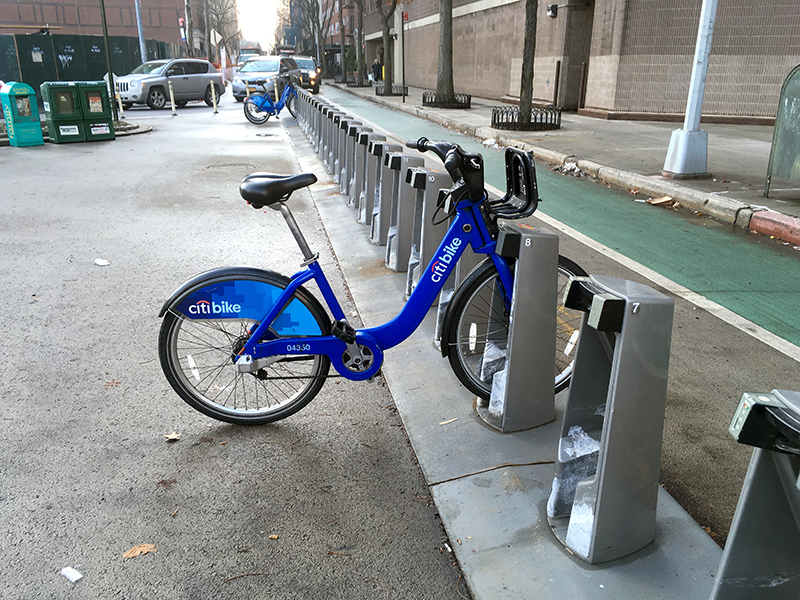NYC: Success of ‘city-wide’ bike-share program not wide enough
‘Dockless’ bikes using phone app might work; Citi Bike reaches only 20 percent of Brooklyn today

The Citi Bike program has been hugely popular in neighborhoods where it operates, with riders taking roughly 14 million trips in 2016. Citi Bike’s gray docking stations are a familiar sight across Manhattan and in a limited number of brownstone neighborhoods in Brooklyn and Queens. But many parts of Brooklyn — about four-fifths of the borough — are not covered.
Now, the city wants to experiment with bringing a new type of bike sharing program to the rest of the city — one that doesn’t require docks. On Friday, the city’s Department of Transportation (DOT) released a Request for Expressions of Interest (RFEI) for next-generation dockless public bike-share systems in the outer boroughs.
Dockless bikes can be found and unlocked using a smartphone app, and are inoperable when not in use. The bikes don’t need to be locked to a dock, bike rack or any other fixed object when parked.

Brooklyn Boro
View MoreNew York City’s most populous borough, Brooklyn, is home to nearly 2.6 million residents. If Brooklyn were an independent city it would be the fourth largest city in the United States. While Brooklyn has become the epitome of ‘cool and hip’ in recent years, for those that were born here, raised families here and improved communities over the years, Brooklyn has never been ‘uncool’.